Unsung heroes Dr Sadanand Raut and his wife Pallavi Raut of Narayangaon have saved the lives of 6,000 snakebite victims in rural Maharashtra.
Last August, Pune’s Ramprakash Kharge woke up with a strange pain in his leg. When he looked at the site of pain, he found it swollen. The 64-year-old farmer wondered if he had slipped in the field to lead to this. Not paying much mind to it, he went to work.
Soon after, he observed that the skin around the bite was discoloured. “It turned bluish and blackish and people suspected it could be due to a snakebite,” his son Kiran tells The Professional Times.
But this doctor couple, Sadanand and Pallavi Raut, has saved the lives of at least 6,000 snakebite victims in the region as part of the ‘Mission Zero Snakebite Death’ in Narayangaon.
Kiran says, “That day, the couple saved my father’s life. Like us, people in the stretch of about 150 km rely on his treatment. He is a saviour for such patients.”
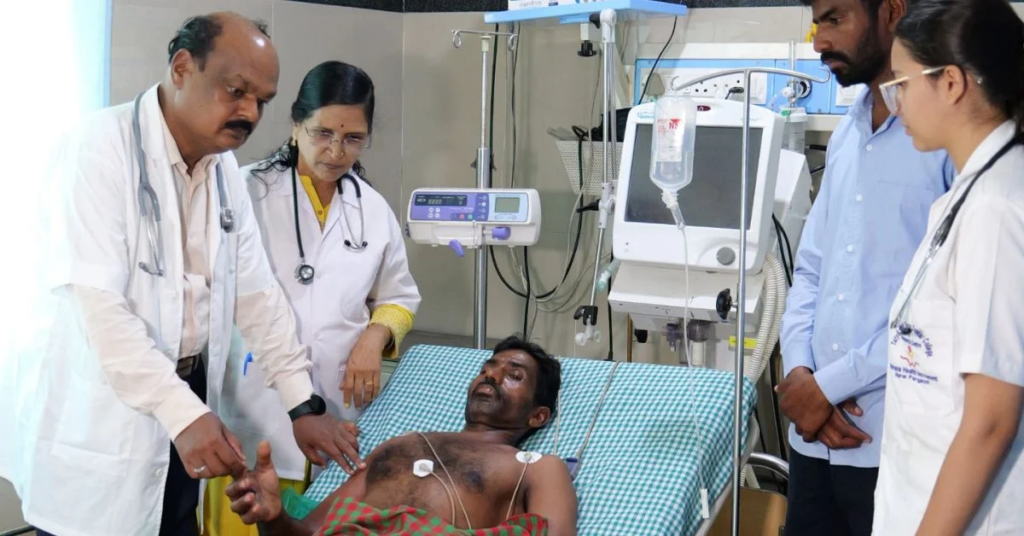
Mission Zero Snake Bite Deaths
Born in Umbraj village in Pune, Dr Sadanand Raut graduated in general medicine in 1992. The physician started practising in the nearby village of Narayangaon, a tribal-dominated hilly town.
To serve the community in the town, the couple started their practice the same year. But they got their life’s purpose when a young girl was brought to their hospital.
“One day, a worker on my friend’s farm called and informed me that his daughter was bitten by a cobra. She had severe pain at the site and had difficulty in breathing. I told him to bring the child to the hospital immediately. Unfortunately, she died on the way. She was just eight,” the doctor tells The Professional Times.
Disturbed by the incident, Dr Sadanand decided that from thereon, he would not let any person in the village die of snakebite.
After digging into the root causes, he found that people in the region cultivate crops like soybean, groundnuts, and sugarcane throughout the year, which makes them prone to snake encounters often.
In India, around 90 percent of snakebites are caused by the ‘big four’ — The common krait, Indian cobra, Russell’s viper, and the Saw Scaled Viper. If there is a delay in administering the anti-snake venom, Dr Sadanand says, chances are the snake bite will cause grave organ damage, or prove to be fatal.
Other than this, he adds, “We realised that usually, critically ill patients had to go to cities for treatment as there was no ambulance or support at the local level. As a result, many would die on their way to the hospital. Those who could not go to the city would visit faith healers and waste the golden hour for the treatment.”
“We also found that medical officers at the primary health centres would be reluctant to treat such cases as they either lacked antivenoms or necessary equipment such as ventilator support. They lack training to handle such emergency cases,” he says.
Soon after, Dr Sadanand started equipping his hospital with life-saving equipment like cardiac monitors, ventilators, and oxygen cylinders, so that he could save lives at the local level. Over the past 28 years, his efforts have turned into a mission that aims at achieving zero snakebite deaths in the region.
The Dos & Don’ts
Dr Sadanand says that they get at least 200 snakebite cases every year. Monsoons are hectic when at least 12 patients are rushed to the medical facility in a day. Without any trained medical staff support, the couple works round the clock.
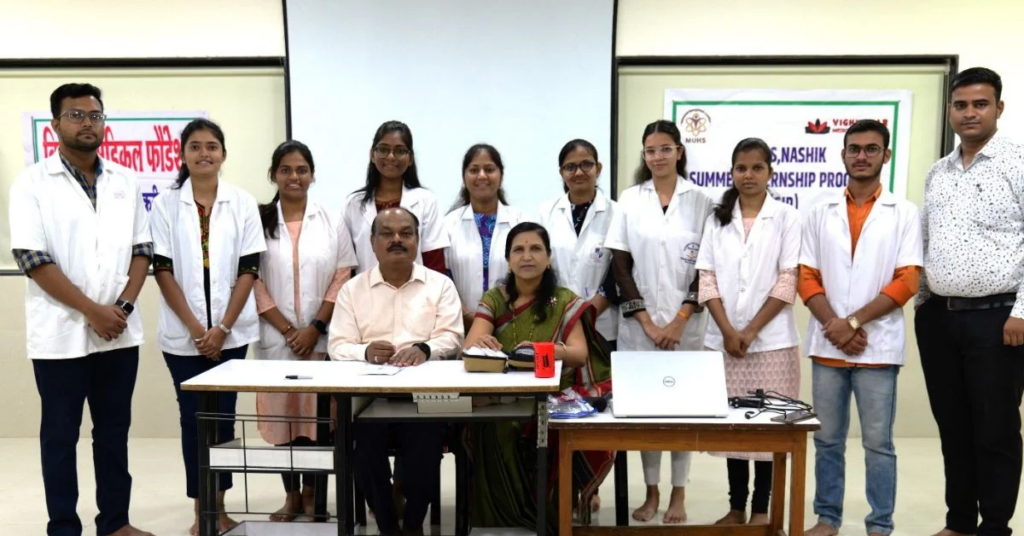
Talking about the dos and don’ts in cases of snakebites, he says, “When suspected, patients should be brought to the hospital as soon as possible. Before coming to the hospital, the family should check the availability of the doctor and antivenom at the facility. They should not waste time visiting faith healers or quacks. They should also not cut or tie the site of snakebite.”
“After a snake bite, the person starts panicking. It can increase the risk of high blood pressure. The family should assure the person that they do not need to worry as timely treatment will save their lives. Also, a person should not walk or run as blood will circulate to the heart and brain. The patient should be transferred safely to the hospital in a lateral position,” he adds.
Dr Sadanand informs that with intensive care management and administering antivenom doses, lives can be saved. “We have also been providing free treatment at sub-divisional government hospital Manchar for the last 25 years and regularly training medical officers there,” he says.
As part of this mission, the couple also conducts awareness programs in villages, schools, colleges, forest departments, and medical colleges. Recently, they organised awareness programmes in Kolhapur, Satara, and Pune districts and claim to have trained 10,000 students and 2,000 teachers in tribal schools to help them identify venomous and nonvenomous snakes and the dos and don’ts in snakebite cases.
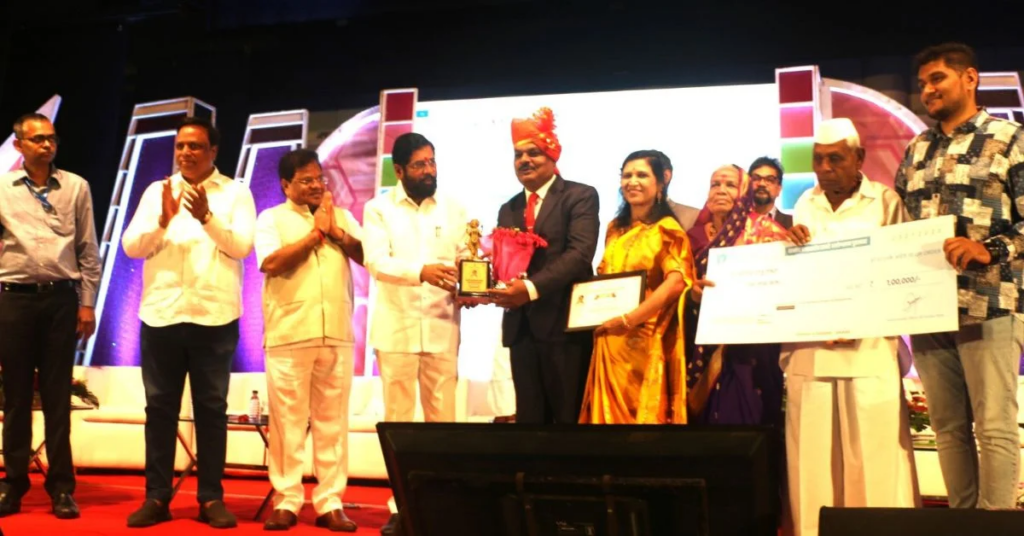
Last year, Dr Sadanand says that they trained 1,500 ASHA (Accredited Social Health Activist) workers in the Pune district in handling snakebite cases.
For his work, Dr Sadanand was awarded the Arogya Ratna Award by the Government of Maharashtra last year.
Talking about the impact of his work, he says, “After we started the mission, there had been no mortality at the hospital level. Also, we gained the trust of the people over the years, they do not go to far off cities or to faith healers anymore.”
“When a critically ill person is brought to our hospital, their families are in a complicated panic situation. But after a few days when the patient is discharged, they shower blessings to us. We feel a sense of contentment by saving these lives,” he adds.







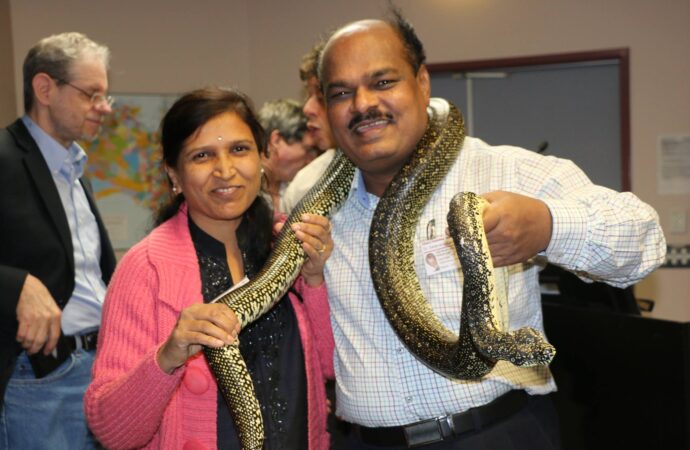


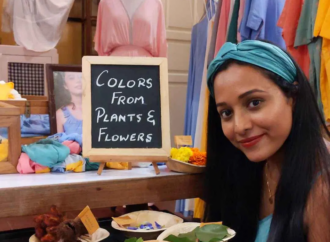

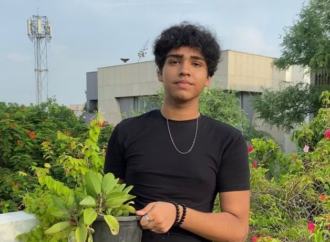
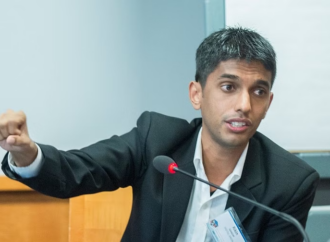
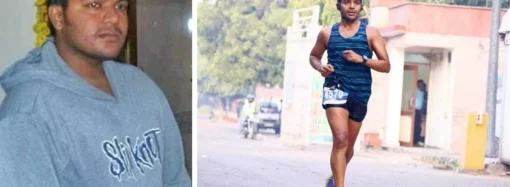





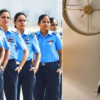





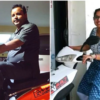

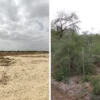

Leave a Comment
Your email address will not be published. Required fields are marked with *